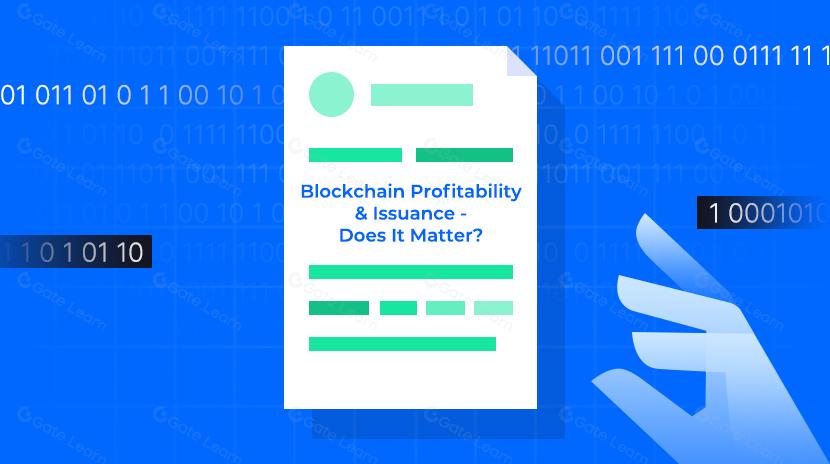Backlog

In the cryptocurrency and blockchain space, a Backlog refers to the queue of transactions waiting to be processed or confirmed, which have been submitted to the network but not yet included in the blockchain. During network congestion, miners or validators prioritize transactions with higher fees, causing low-fee transactions to potentially wait longer in the backlog queue. The state of the backlog directly impacts user experience and network efficiency, serving as an important indicator of blockchain network health.
The backlog phenomenon has several key characteristics: First, its size fluctuates with network activity, reaching peaks during periods of high demand such as major cryptocurrency price movements or popular NFT releases; Second, backlogs create a dynamic fee market where users increase transaction fees to expedite confirmations, forming a bidding mechanism; Additionally, different blockchain networks have varying capacities to handle backlogs—Bitcoin generates a block approximately every 10 minutes, Ethereum every 12-15 seconds, while many next-generation blockchains employ improved consensus mechanisms to increase throughput. During congested periods, large exchanges and DeFi platforms may implement batch processing or off-chain solutions to mitigate user experience issues.
The market impact of backlogs cannot be overlooked. Transaction delays can lead to missed arbitrage opportunities, increased liquidation risks, and even trigger cascading effects throughout the DeFi ecosystem. Historical data indicates that persistent network congestion tends to drive up average transaction fees, making small transactions economically unfeasible and effectively excluding retail investors. Furthermore, severe backlog situations often spark intense community debates about scaling solutions, such as Bitcoin's Segregated Witness (SegWit) and Lightning Network, or Ethereum's transition from PoW to PoS.
However, backlogs also present various risks and challenges. From a user perspective, transaction timing uncertainty increases, potentially causing missed critical market opportunities; from a technical standpoint, sustained high loads put resource pressure on node operators, potentially affecting network decentralization; from an ecosystem perspective, high-fee environments make certain use cases impractical, driving users toward alternative chains and creating fragmentation risks. Moreover, opaque or suboptimal backlog processing mechanisms can be exploited by miners for arbitrage activities such as "front-running" (MEV).
The importance of backlog management lies in its direct relationship to blockchain network usability and adoption. Efficient backlog processing mechanisms enable blockchains to achieve scale without sacrificing decentralization or security. With the development of Layer 2 scaling solutions, sharding technologies, and cross-chain interoperability, the blockchain ecosystem is gradually improving user experience, increasing transaction throughput, and reducing friction caused by backlogs. This not only affects current users' experience but is also a key factor in whether blockchain technology can achieve large-scale commercial application.
Share
Related Articles

Blockchain Profitability & Issuance - Does It Matter?

DOGS Token Overview: Tokenomics and Airdrop Claiming (as of 2025)
